Rosy Boa vs Ball Python: is one really better than the other? They’re both easy to care for, but each species has particular advantages that you should be aware of…
Last updated on April 7th, 2023 at 09:44 am
Rosy Boas are gentle constrictors from the arid southwestern USA, whereas Ball Pythons are from sub-Saharan Africa. Whilst both make great pets, this difference in backgrounds is an important consideration. They have different requirements where humidity and enclosures are concerned, and this can help you decide which is best for you.
Are Rosy Boas or Ball Pythons better pets?
Right from the get-go, I can tell you that either of the two species of Rosy Boa (Lichanura orcutti and Lichanura trivirgata), or a Ball Python (Python regius) will make a good pet. They are hardy, long-lived and generally docile.
Like any animal, though, they do have their little idiosyncrasies and preferences. This becomes particularly apparent when you keep them long-term.
Ball Pythons can be stubborn and naturally stop eating during certain periods of their lives, whereas Rosy Boas have a love-hate relationship with water, and humidity in general.
Let’s compare these aspects and other areas of these snakes’ husbandry so that you can decide which will be easier and more enjoyable for you to keep. After all, the real question is what the best snake for you is, not which is better overall.
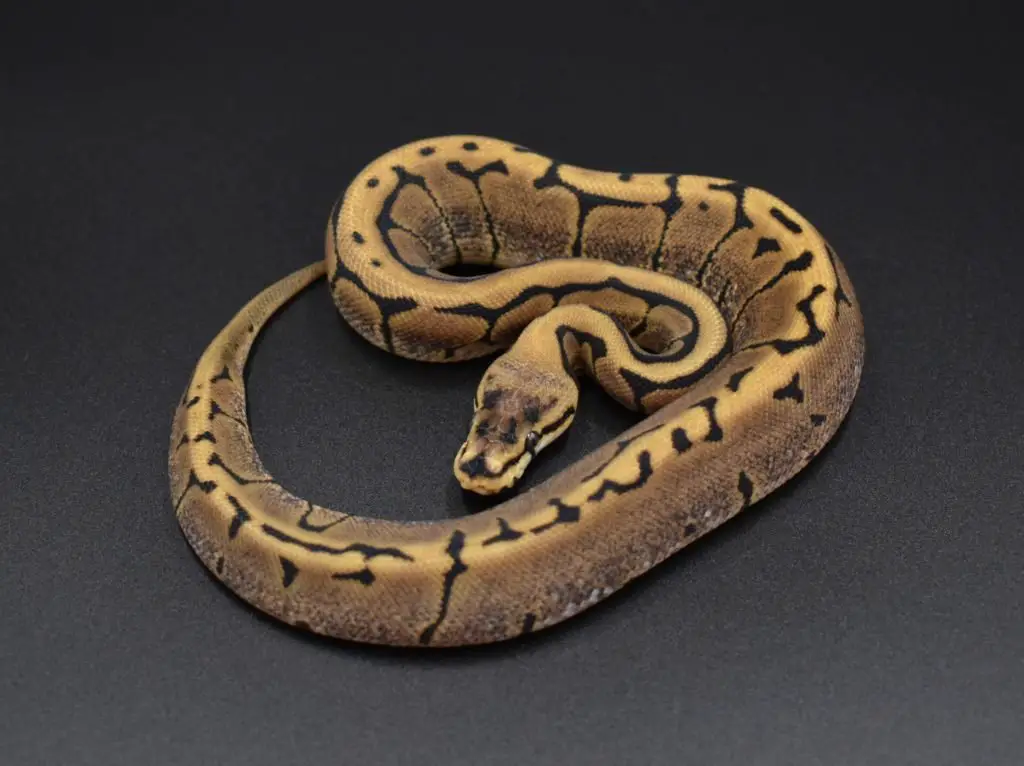
Overall difficulty of care
Rosy Boas and Ball Pythons are great snakes for first-time keepers, with both being in my top 5 beginner snake species.
Overall, these snakes are easy to keep. They have simple diets, average housing requirements and are considered safe around children.
Realistically, it’s totally possible to have no experience with snakes, and learn to care for either a Ball Python or Rosy Boa by just taking the time to read the care sheets on this website.
What you will find is that with regular attention to their heat, humidity, and hygiene, you can expect Rosy Boas to live for 12 or more years, and Ball Pythons to live to 20 or more.
More often than not, small constrictors like these prove hardier than most lizards, turtles, tortoises or even amphibians. They’re also very low-cost, with a weekly feeding bill of under $5.
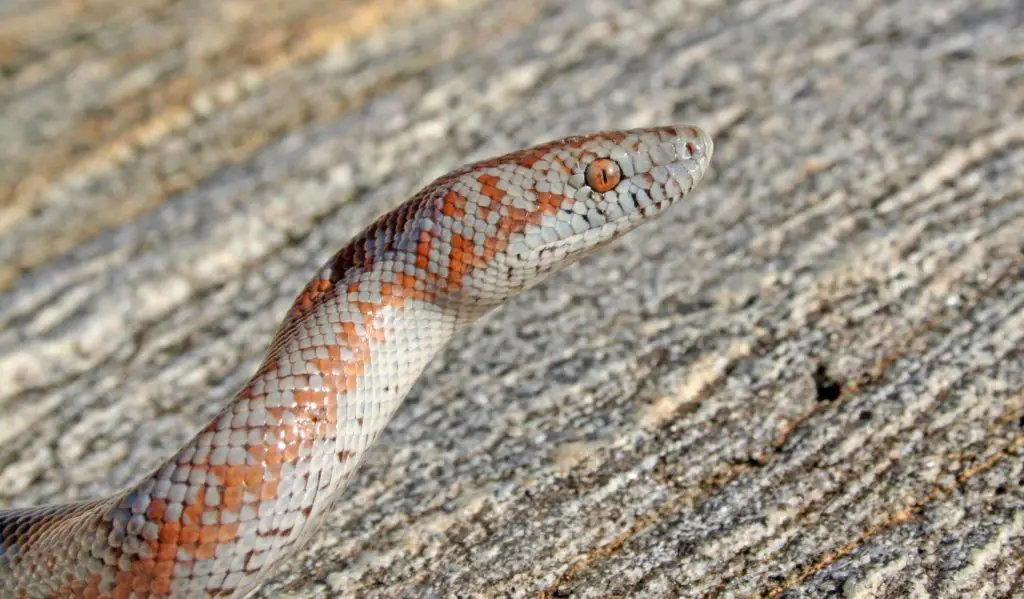
Size
Neither of these snakes is a monster. In fact, the Rosy Boa is definitely what I would call the “ideal” size for a pet snake. They start out as 10 -12inch (25-30cm) neonates, then grow rapidly to a length of 18-30 inches (45-76cm).
Very occasionally, a big female may reach 40 inches (101cm), but don’t hold your breath. In general, males are slightly smaller than females.
Ball Pythons are larger and chunkier than Rosy Boas. Males average 3-3.5ft (90-106cm) and females 3.5-4.5ft (106-137cm). Admittedly, they aren’t huge, but whereas Rosy Boas are a “small,” Ball Pythons are definitely a “medium.”
Notwithstanding, an adult Ball Python can nonetheless quite happily live in a 3ft (90cm) long enclosure, making it just as easy to keep in your bedroom or living room.
Enclosure
In terms of enclosure cost, Ball Pythons definitely win because they take so well to living in plastic storage tubs. This sounds basic at first, and when researching Ball Python husbandry most sites will undoubtedly try to steer you towards more expensive housing options.
The truth, however, is that plastic tubs are both low-cost and excellent at maintaining heat and humidity. Getting these two things right goes a long way to helping Ball Pythons shed and feed healthily.
What this means is that you can literally house an adult of this species in an enclosure that costs under $30 (excluding heating appliances etc.).
It doesn’t mean you can’t house them in big vivariums, you absolutely can so long as you provide plenty of hiding places to make them feel safe. I’m just letting you know that it’s unnecessary, and not really what they prefer, anyhow.
Rosy Boas, on the other hand, don’t do as well in tubs. This is because they require a low humidity level, and very good ventilation. Keep one in a nice humid tub that a Ball Python would love, and the result will eventually be a respiratory infection, or scale rot (Necrotising dermatitis).
If you do wish to keep a Rosy Boa in a tub, you will need to fit it with large mesh inserts, to provide enough ventilation to keep humidity low.
Overall, the best solution is to keep Rosy Boas in glass tanks or terrariums with a mesh top. The one that I prefer is the Exo Terra Medium. At 24x18x18inches (60x45x45cm), it is perfect for average adult Rosy Boas and also looks a lot more attractive than a plastic tub.
Recommended enclosure sizes:
| Species/Age: | Enclosure size: |
| Baby Rosy Boas | 10-12inches (25-30cm) |
| Adult Rosy Boas | 24-36inches (60-90cm) |
| Baby Ball Pythons | 12 inches (30cm) |
| Adult Ball Pythons | 36-48 inches (90-120cm) |

Humidity
Ball Pythons like a humidity level of 55-65%, except during a shed when it can be raised to 80%+. You can do this by adding water to their substrate or spraying their enclosure. This isn’t too challenging, but if you’d like to learn more, I have written a full article on Ball Python humidity requirements.
Whereas the chubby species that we’ve just discussed above comes from humid sub-Saharan Africa, the Rosy Boa hails instead from the arid southwestern USA and Mexico. It likes it dry, and if you keep it too humid, it will eventually get sick.
Rosy Boas should have an ambient humidity level of 30-40% year-round. If you live in an area with high environmental humidity, you may struggle with this. The best solution is to use mesh-topped enclosures, and substrate that dries out nicely, such as small-chip aspen.
Additionally, you must only provide them with a small dish of water for a couple of days, every other week. This should be several days before they eat, otherwise they sometimes drink as much as they can, then eat and end up regurgitating because they are so full.
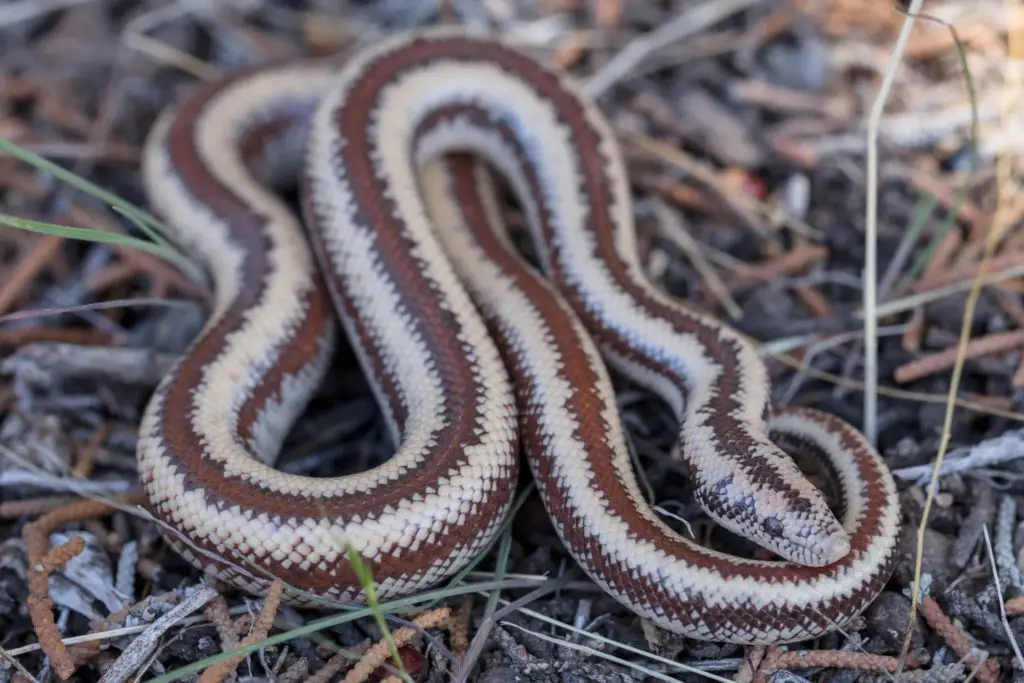
Temperature
It is easy maintain suitable temperatures for these species with heat mats, heat strips, heat lamps, or ceramic heat emitters.
As with most reptiles, they need a thermal gradient so that they can thermoregulate. In practice, this just means placing the heat source on one side of the enclosure so that they have a warm end and a cool end.
For Ball Pythons, heat mats are generally the most appropriate heat source, as they provide nice belly heat without drying out the enclosure. You can learn more about heating them in the Ball Python husbandry page heating section.
Conversely, with Rosy Boas, you want to keep the enclosure dry, so ceramic heat emitters or heat lamps work great. It doesn’t matter which you chose, but make sure that you always use heating appliances in conjunction with a thermostat.
Again, you can learn more about this in the heating section of my Rosy Boa husbandry guide.
General temperature guidelines for each species are as follows:
| Species: | Warm end: | Cool end: |
| Rosy Boas | 90-95F (30-35C) | 75-80F (24-26C) |
| Ball Python | 90-91F (32C) | 80-81F (27C) |

Food
Rosy Boas are great feeders, with a healthy appetite. They love mice, and generally never miss a feed. Because of this fact, they are extremely easy and cheap to feed.
On average, an adult will need one adult mouse every 10-14 days. That’s as simple as feeding any animal could get!
Ball Pythons, as you may have heard, are a little more finicky when it comes to food. They readily accept rats as a staple diet, and most of the time feed great.
Occasionally, however, they go on prolonged fasts. Sometimes this may go on for as long as 6 months, and usually begins during the breeding season. For beginner keepers especially, this is a worrying phenomenon.
In truth, fasting does no harm to healthy adult Ball Pythons, and is part of their natural behaviour.
If you get freaked out by an animal that simply refuses to eat for months on end, though, I suggest you choose a Rosy Boa instead!
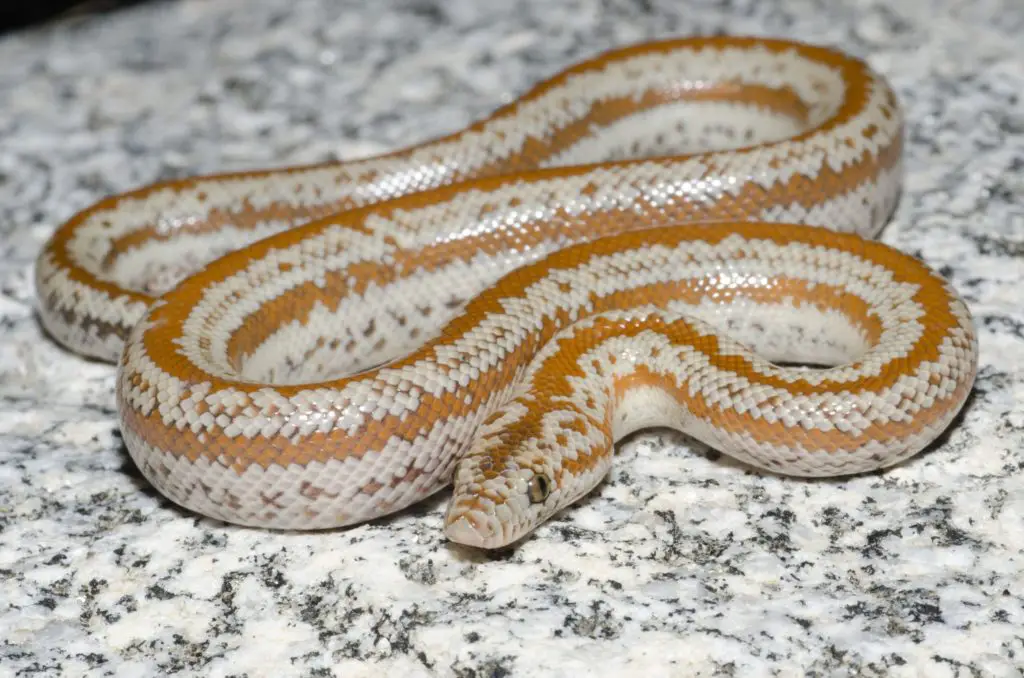
Temperament
There’s not a bad thing to say about the temperament of either of these snakes. They are docile, gentle animals that prefer to retreat and hide rather than bite. Over the years, they become exceptionally tame and relaxed during handling.
All in all, I would say that Rosy Boas have a slightly better temperament. The reason I say this is that they will tolerate being handled slightly more often, whereas Ball Pythons may suffer from stress and stop eating if you get them out more than twice a week.
Morphs
Ball Pythons win hands down. They come in a dizzying array of morphs, which vary in price from $50 to over $10k. They also vary in colour and genetic type enormously, with sex-linked, incomplete dominant morphs like Coral Glow/Banana being unique amongst captive reptiles.
So far, Rosy Boas only exist in a handful of morphs, including the good-old classics like albino and snow. They’re beautiful, but the variety of Rosy Boa morphs is seriously lacking at this point.
Availability and price
Again, Rosy Boas are trailing BPs in this department. Price really is the main flaw of these snakes, and the purchase cost has remained stubbornly high for years. Most of the time, it’s hard to find one for less than $300, though occasionally you may see them at around $200.
Ball Pythons, on the other hand, are so widespread and cheap that they regular appear on sites like Craig’s List for free adoption. Alternatively, you can buy a normal (as in not a morph) one for as little as $40.
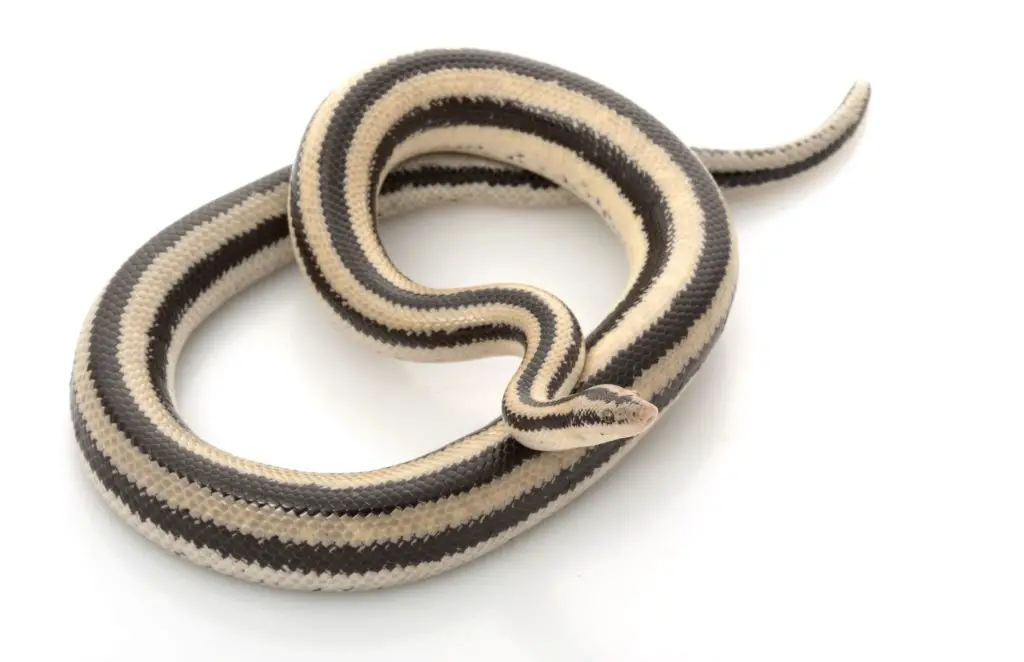
The bottom line
Both of these snake’s are beautiful, personal favourites of mine. And as we’ve seen, they both have particular advantages…
Rosy Boa advantages:
- They’re smaller
- Easier to feed
- Take well to display setups
Ball Python advantages:
- They’re cheaper to buy and house
- They tolerate higher humidity
- They do well on heat mats, a heat source that uses less electricity (has a lower carbon footprint)
The question is which of these advantages suits your personality, lifestyle, and local environment? If you can only get one snake, hopefully this article will have helped you make your choice!
